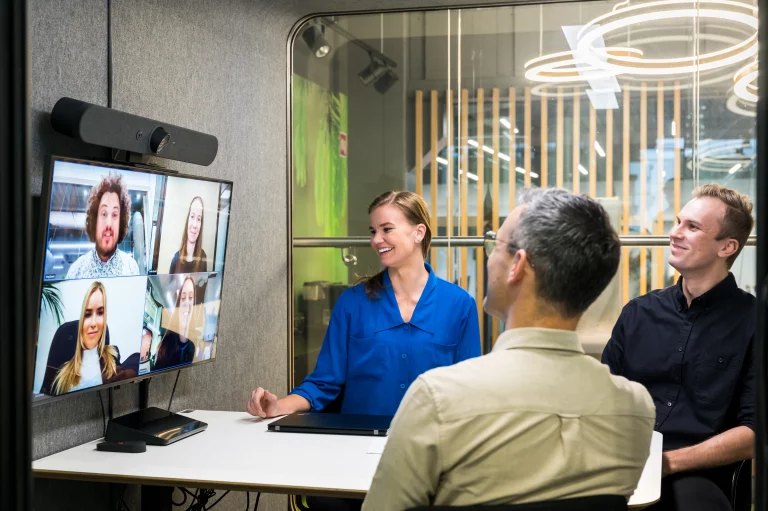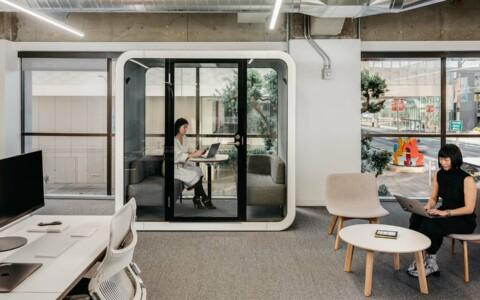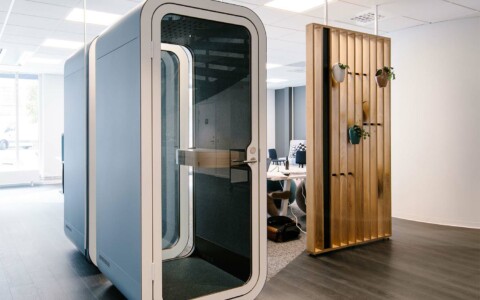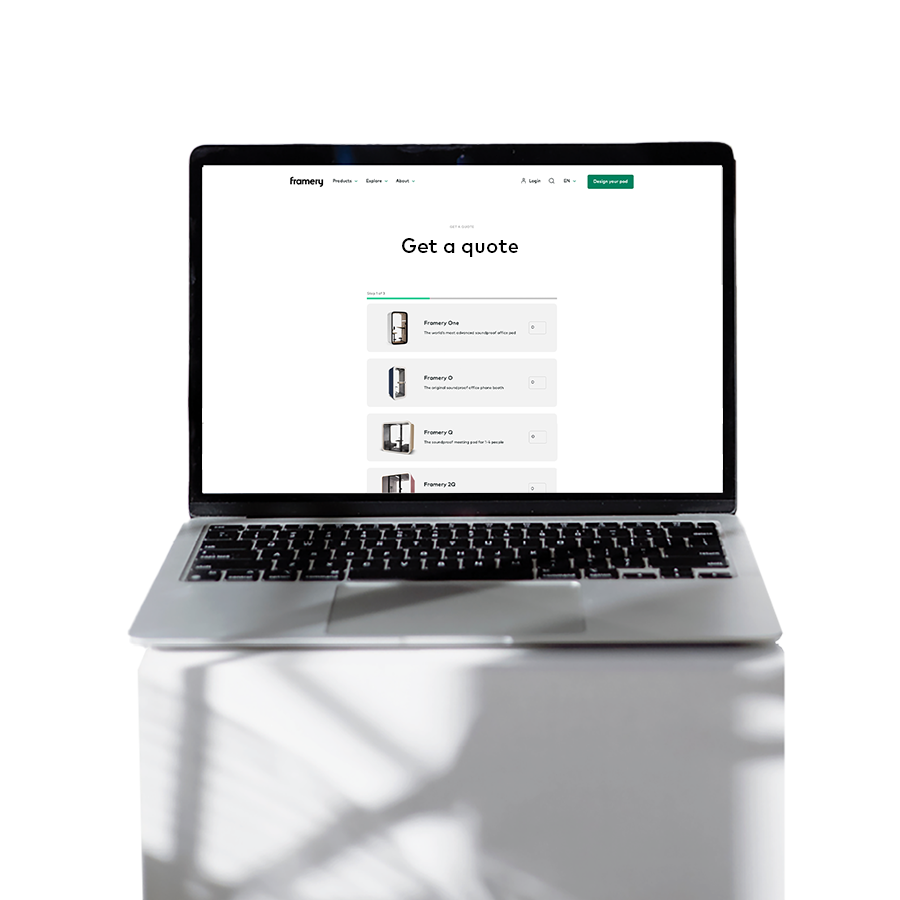How can we make meetings more effective?
As the world settles back into offices, some things from the past have remained. Remote work and hybrid meetings have remained a part of everyday life for many. But these meetings aren’t as effective as they used to be.
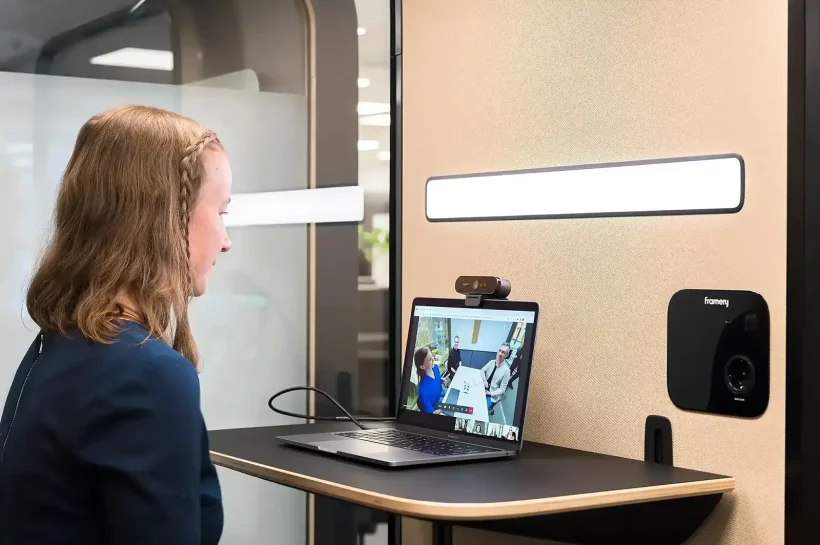
Meetings have changed
Modern work combines in-person and online participants.
The pandemic lockdowns forced us all to learn important new skills with regard to remote working. The shift to remote work has improved online collaboration, self-management and re-shaped the way people think about work-life balance.
As employees return to the office, remote working has transitioned into hybrid working – and hybrid meetings.
80 – 98% of all meetings have at least one online member
Everyone benefits from better meetings
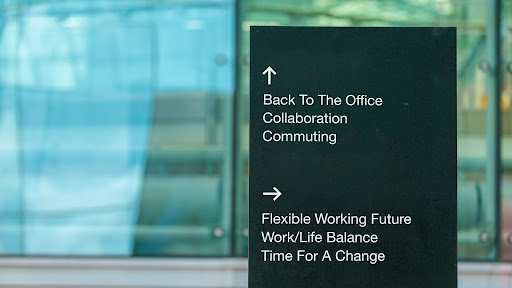
We’re all struggling to learn how to make meetings more effective
Hybrid meetings are here to stay.
Despite the popularity of hybrid meetings, the quality of the virtual collaboration is not quite there yet. Many find it hard to engage with people in a hybrid conference, and many remote participants feel left out of the conversation.
In fact, hybrid meetings present a challenge for both in-person and remote participants.
71% of people struggle with hybrid meetings
Effective meetings start with the office
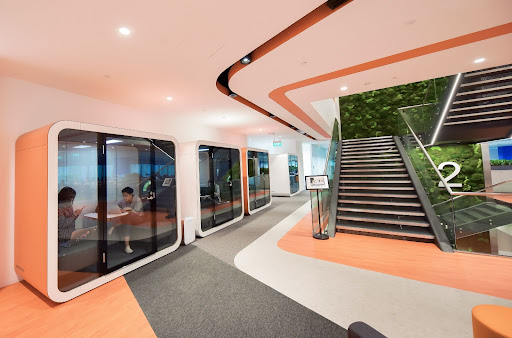
People may feel a sense of obligation to return to the old ways of working.
As people struggle to find a new normal, they have returned to the same working culture as before. This results in an overwhelming amount of meetings – many of which feel unnecessary or useless to the participants.
But companies have an opportunity to redesign the way they work and improve their working culture.
67% of employees say meetings keep them from making an impact at work
Everyone benefits from more effective meetings
People are spending too much time in useless meetings
Useless meetings waste money, energy, time and valuable resources for employees and companies. Attending useless meetings can stop workflow and leave employees wishing they could be making progress in meaningful work.
Employees would like to decline
31% of meeting invitations
7 ways to have more effective meetings in the post-pandemic era
Better meetings are possible.
As a company of over 400 that supports hybrid work, we’ve encountered the issue of useless meetings first hand at Framery. So we’ve compiled research and put together a list of 7 ways to have more effective meetings.
- Have way fewer meetings
- Meet for a reason – not as a habit
- Only invite people who need to be there
- Book the right meeting space
- Schedule breaks
- Make it easy to join the video
- Meet one-on-one whenever possible
1 | Have way fewer meetings
Every meeting needs a purpose.
A lot of meetings can be handled on the phone or via slack or email. According to University of Pennsylvania Professor Adam Grant, there are only 4 reasons to meet: to decide, to learn, to bond and to do. If a meeting doesn’t serve one of those purposes, you should cancel it.
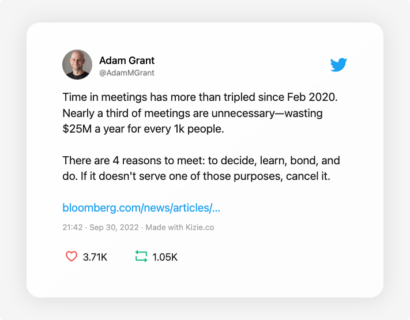
2 | Meet for a reason – not as a habit
Recurring meetings aren’t always effective.
Most of our calendars are filled with recurring weekly meetings. During these weekly meetings people share information and give quick status updates. Too often we reluctantly attend meetings that are serving only a weekly habit, and not bringing value to the stakeholders.
3 | Only invite people who need to be there
Not everyone needs to be in every meeting.
The most productive meetings have roughly six members. When the guest list grows, people lose motivation, conversation becomes cumbersome and people participate less. Smaller teams perform better, so keep the meetings between a small group of people.
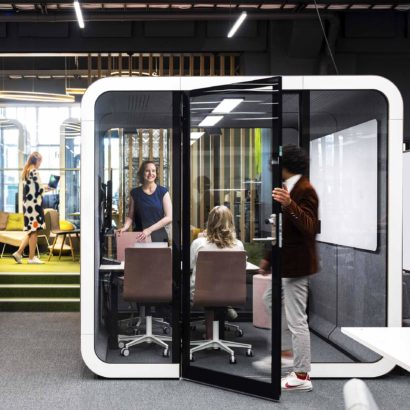
4 | Book the right meeting space
The space where you meet helps shape the meeting.
The spaces help you steer your culture to the right direction. Large conference rooms encourage you to over-invite people, simply to reach the room’s capacity. Whereas the intimacy of a smaller meeting space will help keep people focused, heard, and productive.
5 | Schedule breaks
Brains work better when they get a break.
Give people breaks in longer meetings. In addition to making us less exhausted, breaks improve our ability to focus and engage while in meetings. Similarly, scheduling breaks between video calls can keep stress from building up, so you’re better prepared for the next one.
6 | Make it easy to join the video
Equip meeting spaces with great video conferencing equipment.
Meeting spaces need to be equipped with video conferencing technology that is seamless to use. The frustration with technology can lead to technostress – a stressful mental state, caused by information and communication technologies. Top-class video conferencing equipment can help prevent this, making it easy to join the video and get work done.
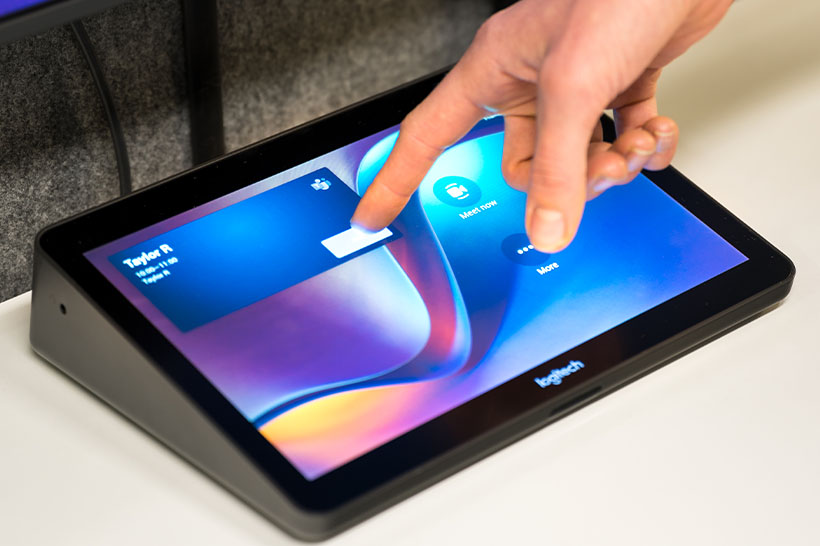
7 | Meet one-on-one whenever possible
1-to-1 meetings have the biggest impact on work.
People are less guarded with fewer people in the room. One-on-one meetings provide the privacy to address important questions, and an opportunity to share ideas, without the fear of being shunned or overstepped by colleagues. And with fewer attendees, 1-to-1 meetings are more flexible to schedule, adjust, and manage.
Effective meetings are still possible
And with a few procedural changes, meetings can be better than ever before.
There is light at the end of the meeting agenda. The key is putting in the extra effort to bring together the right people, in the right space, with the right technology.

SOURCES
Axtell, P. (2018). The most productive meetings have fewer than 8 people. Harvard Business Review.
Barco. (2022). Meeting barometer.
Grant, A. (2022). [twitter] Sep 30.
Jabra. (2022). Rebuilding ourselves for the hybrid era.
Klein, K. (2006). Is Your Team Too Big? Too Small? What’s the Right Number? Knowledge at Wharton.
Korn Ferry. (2019). Working or wasting time?
Leesman. (2022). Surveying the new hybrid landscape.
Microsoft. (2021). Research Proves Your Brain Needs Breaks.
Microsoft. (2022). Work Trend Index Annual Report: Great Expectations: Making Hybrid Work Work.

